Learning from the Stories of the Formerly Enslaved
Please welcome Jasmine Holmes to The Preamble!
Today’s post is written by Jasmine L. Holmes, a writer and educator on Black history in America. I invited her to share here about the topic of her new book, Yonder Come Day: Exploring the Collective Witness of the Formerly Enslaved, which highlights the stories from more than three thousand interviews.
The tiny boat was shrouded in inky darkness as the strong current ushered the vessel toward the opposite shore. Two young people sat inside—a male conductor and female passenger quieter than the night around them. Neither spoke as the passenger shivered with cold, tensing at every sound, while the conductor rowed as swiftly and quietly as he could. The mile between the Kentucky shore and the Ohio shore seemed to stretch an eternity.
“I know it was a long time rowin’ there in the cold and worryin’. But it was short, too, ’cause as soon as I did get on the other side the big-eyed, brown-skin girl would be gone.”
When Arnold finally sat down to tell his story, he was a ninety-seven-year-old retiree living in Florida, far removed from the danger of his memories. He related his story to Martin Richardson, a Black man who’d scored a job collecting the stories of ex-slaves as part of the Federal Writers Project arm of the Depression-era Works Progress Administration.
At this interview in 1937, neither man knew it, but they sat at a period equidistant from slavery’s abolition and the election of America’s first Black president.
I encountered the WPA Narratives for the first time as a teacher. But it was years before I fell in love with them.
Slave Narratives: A Folk History of Slavery in the United States from Interviews with Former Slaves is a seventeen-volume work consisting of over three thousand interviews collected from the formerly enslaved during the 1930s.
These interviews were conducted in more than a dozen states, by mostly middle-class white women who were interviewing Black people. Most of the people who were interviewed had been enslaved as children. Sometimes the interviewers were well-known members of the interviewees’ own communities, even relatives of those who had once enslaved them.
A great many of the people who were interviewed were living in the abject poverty of the Great Depression, compounded by the racial violence and fraught power dynamics of the Jim Crow era…
continued…
Yonder Come Day is out today!
Yonder Come Day brings the hidden histories of the formerly enslaved to light in an unconventional and powerful way. Drawing from the recorded interviews of more than three thousand formerly enslaved people from across the South, collected in the 1930s, Jasmine L. Holmes creates a compelling collective memoir unlike anything you've read.
Learn more about Jasmine’s new book at YonderComeDay.com or order your copy today from Amazon, Bookshop.org, or wherever you buy books or ebooks.
For more than 100 years, people have used the WPA narratives to paint a rosy picture of enslavement.
As an educator, I’d seen first-hand just how the WPA Narratives could be utilized to dull the devastating impact of chattel slavery. The curriculum I was supposed to teach used excerpts from interviews to paint a positive view of slavery: elderly, rheumy-eyed “uncles” and “aunties” (the interviewers’ words, not mine) who desperately missed the “good old days” on the plantation, with masters and mistresses who never abused them, fed them well, and taught them about Jesus.
Because of this, I was incredibly skeptical of using the narratives to find the truth of history. But something changed.
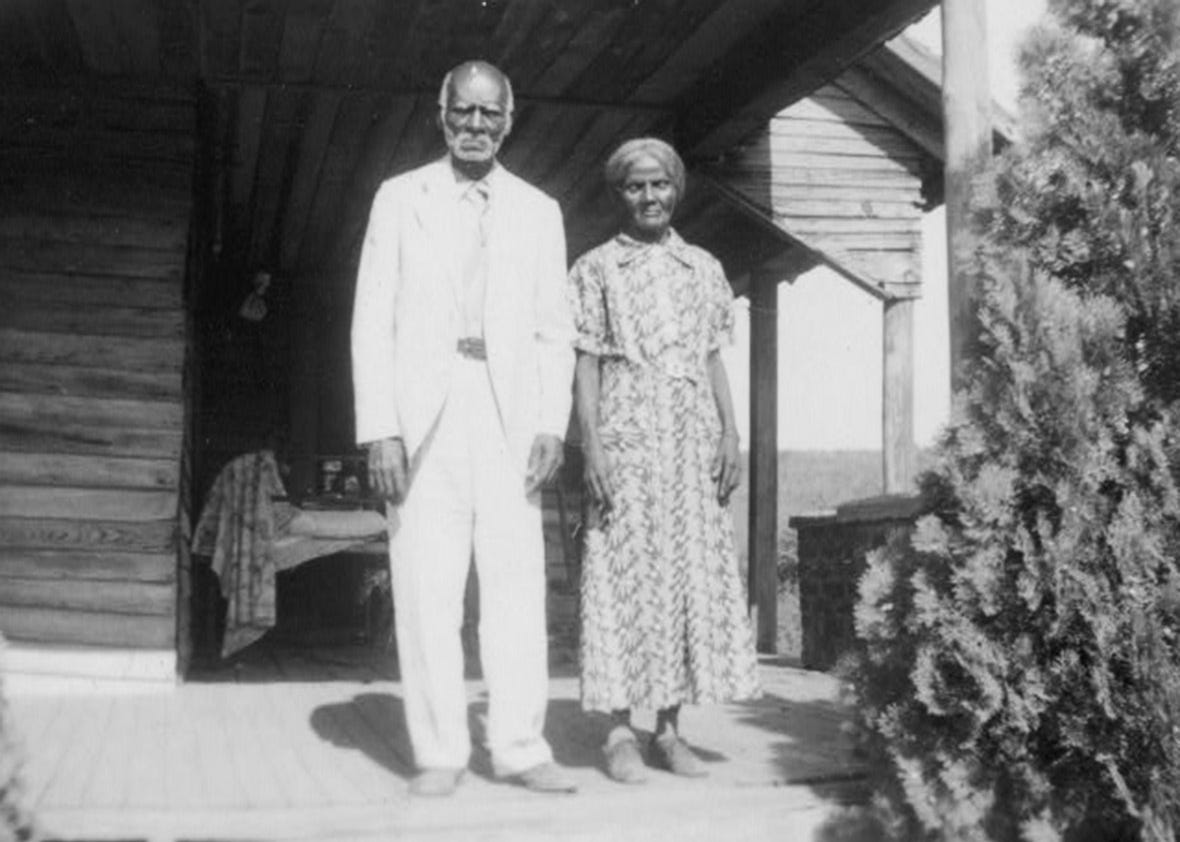
A historian friend urged me to reconsider the narratives, pointing out that just because something has been misused in the past does not mean it is useless.
I began to read. It was hard. Some interviewers’ attempts at capturing dialect rendered some words and phrases almost completely unintelligible. And in interviews from certain states, I just kept running into the same “slavery was better than life is now” rhetoric that had turned me off the narratives in the first place.
I also saw that the ethnicity of the interviewer sometimes made all the difference. To a white interviewer in Georgia, an enslaved person might say that slavery hadn’t been all that bad. To a Black interviewer in Tennessee, they might give a different, less filtered story.
The idea of the WPA Narratives as threads of memory stuck with me, and I started taking them not just as individual tales, but as a beautiful tapestry forming, stitch by stitch, before my eyes.
What I encountered was a beautiful portrait of love, resilience, and faithfulness.
I saw rich interior lives, hopes, dreams, sorrows, joys, loss, sufferings, and triumphs.
Not because of the condition of enslavement, but in spite of it.
I saw glimpses of what life might have been like for my great-great-great-great grandmother Jane, the first enslaved woman on my mother’s side that I can name. There were so many women who came before her whose names and stories have been lost to history.
And I decided to write a book about it, which has now become Yonder Come Day. My hope is that when you close the last page, you’ll see the collective memoir that was contained in the narrative of thousands of lives, spread before you in a way you’ve never experienced before.
We can’t take their – and our – stories for granted.
About the Author
Jasmine L. Holmes is a writer and educator who celebrates Black stories through her books, including Carved in Ebony, Mother to Son, and Crowned with Glory. As a historian and teacher, Jasmine shares her expertise with lifelong learners and educators alike, inspiring them to expand their understanding of history and its impact on our society. Alongside her husband and three sons, Jasmine calls Jackson, Mississippi, home.
Follow Jasmine on Instagram @jasminelholmes for insightful posts such as 5 Reasons the WPA “Ex-Slave” Narratives Matter.



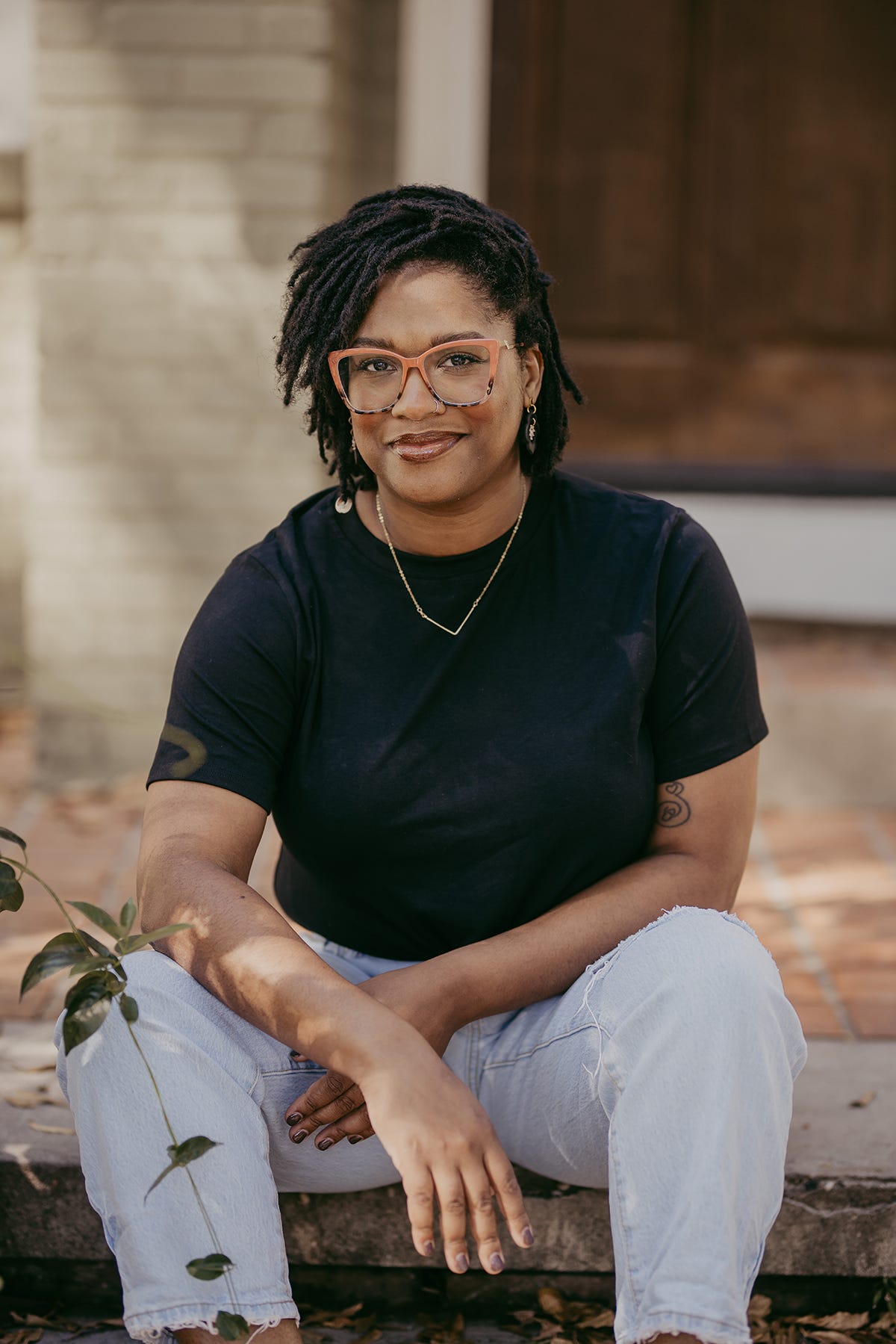
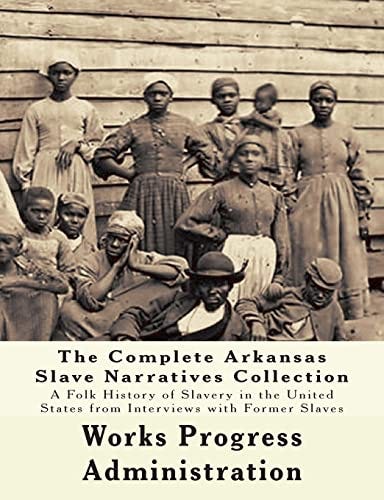
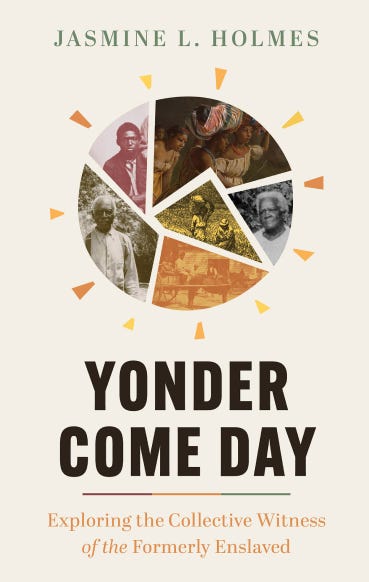
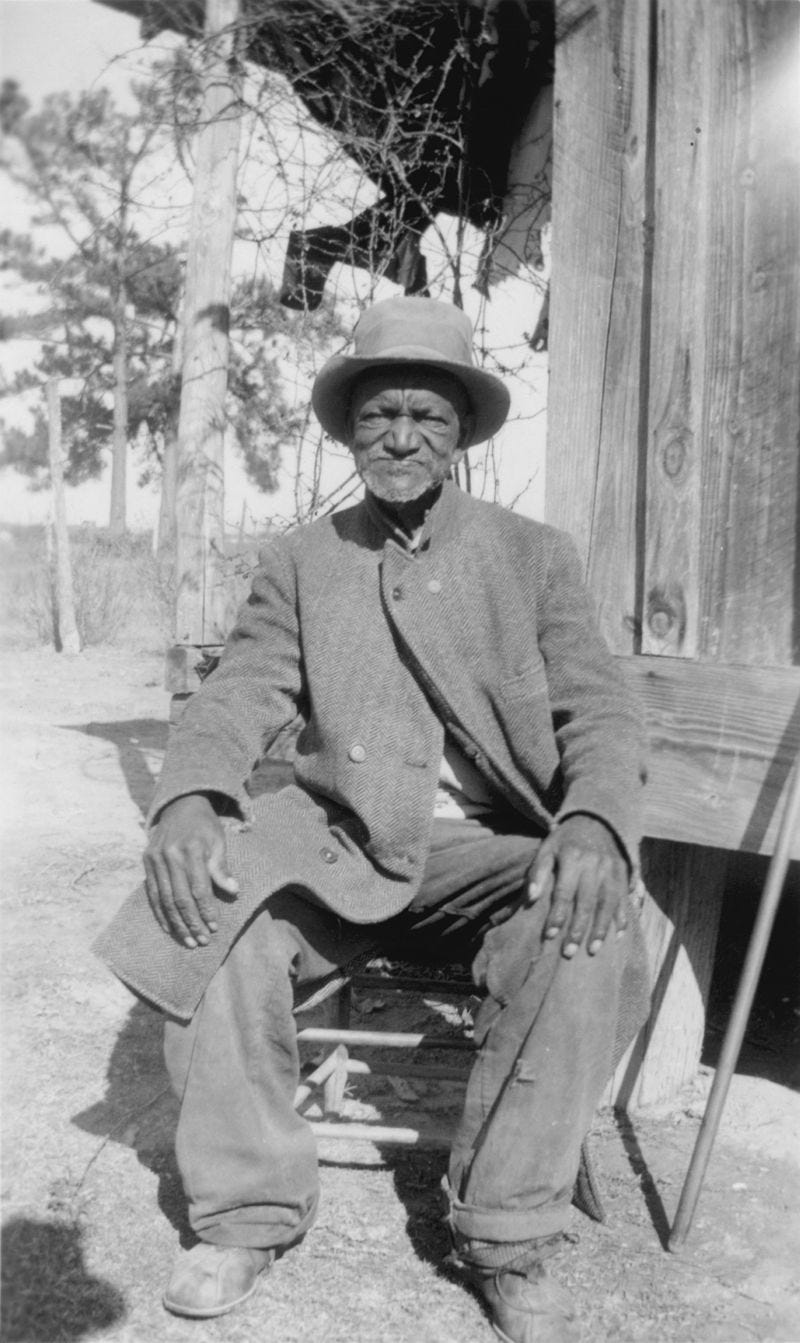
I’m curious how many of the women writing these experiences down were a part of The Daughter’s of the Confederacy. Their intentional campaign to romanticize the south and rewrite history was very successful and the stories from formerly enslaved people absolutely played a part in how I was taught about that time period, although it was not in school for me. My family has lived in GA since well before the Civil War. The Lost Cause is a way of life here for many of us. I’m thankful for people like Jasmine and Sharon for helping me continue to unlearn well into my adulthood.
I'll be sure to check out Ms. Holmes' book. Last year, a buddy of mine expressed a lot of interest in the unique history, and ongoing story of Blacks/Africans in America. He and I decided that to best gain an understanding--Road trip! He lives in Kansas City; I, in Colorado. We met up at his place, and spent the first day in/around KC, including the historic "Brown v. Board of Ed." school in Topeka, KS. We then headed to Memphis. Subsequent stops included Montgomery, Birmingham, and Selma, AL; New Orleans; and Little Rock. We also stopped at several historical, slave and/or civil rights markers along the way. Here is my suggestion to anyone who is reading this: If you are interested in learning the true story of 'slavery' in America, (and time is somewhat limited) I highly recommend "The Legacy Museum" in Montgomery...and the less-well-known "Whitney Plantation" just outside of New Orleans in Edgard, LA. And, to be honest, you should visit these places in the heat of mid-Summer. Also, be prepared to have your heart ripped out. I only regret that I visited these places AFTER I retired as a social studies teacher. I always taught that slavery was 'bad', of course. But visiting these sites provided a completely different level of "bad" that I had never known nor understood.